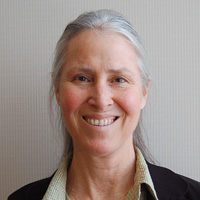The officers had helmets, batons, radios, gloves, guns, tasers and, of course, oleoresin capsaisin, or OC spray, commonly known as pepper spray.
They had not only MK-4 canisters of the stinging, sometimes-lethal substance, but also MK-9 canisters (a stream, not a spray) for which there was no training or authorization at the UC Davis campus.
The officers cited fear as their reason for unleashing potentially deadly force on seated, non-resisting, nonviolent students armed only with their principles, their discipline and their solidarity, and through viral video, the world watched what the independent Reynoso report now confirms was an unjustified abuse of authority.
One thing should be clear: if the Davis students had been other than nonviolent, this critical report would have been written very differently.
If the Davis Occupy protesters had been other than nonviolent, we would not have what we have now: the report's clear call to revisit appropriate, system-wide levels of oversight and review and reevaluate aspects of the Police Officers' Bill of Rights which the report quotes as appearing to "limit independent public review of police conduct..."
